Until September 30, 2024, the Royal Palace of Palermo is hosting Thesaurus, a major exhibition on the famous Treasure of the Palatine Chapel. The exhibition is the result of the synergy between the Frederick II Foundation and the Fondo Edifici di Culto (Ministry of the Interior) and the collaboration with the Prefecture of Palermo, the Regional Department of Cultural Heritage and Sicilian Identity, theArchbishopric and Diocesan Museum of Palermo, the Archbishopric and Diocesan Museum of Monreale, the Superintendency of Palermo, the Superintendency of Archival Heritage, the Regional Museum of Messina (MuMe), the Regional Library of Palermo and the Paladino Archives.
On display is a selection of fifty-six artifacts, including caskets, fine silverware, parchments, baptismal fonts, works depicting the Madonna Odigitria, jewelry belonging to Constance of ’Aragon, a bull depicting Roger II, and a Mesopotamian seal found in one of the caskets, which are intended to be the key to a timeless journey that seems to tell the story of that intangible aspect that brought together craftsmen from different cultures and religious perspectives.
“The Fondazione Federico II,” said Ars and Fondazione Federico II President Gaetano Galvagno, “continues with the Thesaurus exhibition in the work of unveiling and enhancing the infinite contents of the Royal Palace. The initiative takes place with a view to increasing the usability of the important Sicilian building, in line with the mission of a UNESCO site. The artifacts featured in the exhibition tell stories of distant times and evidence of major cultural events that made Sicily the nerve center of the Mediterranean. The Palatine Chapel treasure, in particular, symbolizes the identity of a people with multiple cultural and geopolitical legacies collected over the centuries. The exhibition Thesaurus, beyond aesthetic merit, is testimony to a heritage to be guarded, made known and preserved for Humanity. I thank the Worship Buildings Fund, the Ministry of the Interior and all lending institutions for believing in this cultural operation, which represents the telling of a page of history with eternal values.”
“The initiative of the Frederick II Foundation,” added Central Director of Worship Affairs and for the administration of the Fund for Buildings of Worship Fabrizio Gallo, “is full of scientific awareness, but also I would say of a passion and civic urgency that are striking. The objects on display in the Thesaurus exhibition are the bearer of different cultural and religious traditions, sometimes even in conflict, but which in southern Italy, ruled by the Normans, found their original synthesis. I believe that the civic urgency of Frederick II starts from this consideration and from the conviction that that historical experience, witnessed by mute yet eloquent objects, still has much to say to our country and the Mezzogiorno today. It is an urgency that also characterizes the action of the Worship Buildings Fund, an entity that owns the Palatine Chapel Treasury, administered by the Ministry of the Interior, and is aimed at meeting the need to make usable the’substantial cultural, civil and religious heritage possessed by it to an ever-widening public, in the belief that beauty and knowledge must be available to all and that every kind of positive action must be promoted so that the cultural tradition of the past enlivens the present and prepares for the future.”
Among the caskets on display, the rectangular-shaped casket (12th century) is particularly significant, as it bears witness to the coexistence of Christian and Islamic iconographies. These iconographies are a perfect evocative palimpsest of the Hall of Roger of the Royal Palace, of the wooden muqarnas ceiling of the Palatine Chapel.
The elliptical-shaped casket (12th-13th century) is unique in the Middle Ages for ornamentation. The shape of the domed lid is a rarity in Islamic art. It is one of the most valuable pieces in the Palatine Chapel Treasury. It features an epigraphic text with Arabic inscriptions in Naskhi characters. Di Marzo dates the casket to the Norman phase and therefore attributes it to Siculo-Islamic craftsmen.
In contrast, the rectangular-shaped casket with a wooden scroll closure and covered in ivory (9th-11th centuries) represents the typical stylistic features of Byzantine culture. Each character represented is framed in a space bordered by small stylized flowers with eight petals, reminiscent of the decorative stellate sections of the muqarnas ceiling of the Palatine Chapel in Palermo, constituting a constant relationship between the Mediterranean cultures that found an ideal crossroads in Sicilian territory.
Hood X revealed an unexpected surprise: the Mesopotamian seal. On January 20, 1981, Monsignor Benedetto Rocco, a priest-archaeologist of the Palatine chapter, found a rusty key and managed to open it: inside he found this small cylinder-seal made of hard stone (aragonite) dating from the third millennium B.C. The date, taking into account the iconography and the lack of an epigraph, is dated to the third millennium B.C. It is the first Mesopotamian seal to enter the collection in Europe.
Roger II’s royal bull was packaged from his acquisition of the title of king of Sicily (Dec. 25, 1130) to accompany the documents issued by his chancery in order to give them legal value, and it also performed the function of materializing the physical presence of the king depicted there to his subjects in all the lands of the kingdom. Despite the small size of this lead bull (35 millimeters), the image of the king is very detailed and stands out well.
The baptismal font (1135), on display at the Thesaurus exhibition, is from the Church of SS. Salvatore in Messina and now housed at the MUME and is similar to another baptismal font once located at the Abbey of Santa Maria del Patìr in Calabria and currently on display at the Metropolitan Museum in New York. Commissioned by the archimandrite himself, both are by Gandolfo, a sculptor active during the reign of Roger II.
The Royal Palace was during the Norman-Swabian phase a place of artistic synthesis between Latin, Byzantine and Islamic. One example is the marble stoup with mosaic inserts, dated between the 12th and 13th centuries, which is reminiscent in the mosaic inserts of the typical decoration defined as Arab-Norman with geometric motifs made with stone, gold and glass mosaic tesserae that lead back to the geometric elements found in the Palatine Chapel or inside the Hall of King Roger.
"When we planned the creation of the exhibition Thesaurus," explained Patrizia Monterosso, director general of the Frederick II Foundation, “we were already aware of the importance that an exhibition of this magnitude should assume with respect to the process of valorization understood as the improvement of the conditions of knowledge and as the encouragement of a fruition capable of transmitting values of which the heritage on display is the bearer. We designed a layout capable not only of placing the visitor in a relationship with the works in relation to aesthetic perception, but also of fostering an understanding of a legacy corresponding to a universal and transgenerational heritage. Indeed, the UNESCO recognition of the Royal Palace and the Palatine Chapel as World Heritage Sites has precisely this meaning.”
Also on display are two works by Mimmo Paladino: a bronze sculpture (2018) and an octagonal painting (2011), both large and both titled Stupor Mundi.
The exhibition is accompanied by a book-catalogue that offers further insight according to a multidisciplinary approach thanks to contributions from foreign scholars (Henri Bresc, Vera Falkenhausen, Kristian Toomaspoeg and William Tronzo) and Italians (Fabrizio Agnello, Maria Giulia Aurigemma, Monica Chiovaro, Roberta Civiletto, Franco D’Angelo, Maria Concetta Di Natale, , Antonio Di Maggio, Antonio Giuffrida, Marco Masseti, Carlo Aloe Nero, Giuseppe Sarcinelli, Lucinia Speciale, Giovanni Travagliato, Lucia Travaini, Mirko Vagnoni). The result is intended to be a historical, art-historical, anthropological, semiotic, archaeological, archival, architectural, zoological and paleological analysis with reference to the Near East and the Mediterranean.
With the exhibition Thesaurus and the book-catalogue, the Frederick II Foundation intends to pay tribute to the memory of Vlado Zoric, a historian who passed away in 2021, with whom the Foundation collaborated. “He taught us to search architecture and artifacts for the expressive and revealing force that is ever-active stimulus throughout the centuries. Dedicated to Vlado, whose studies reminded us that art and culture serve Humanity.”
For info: www.thesauruspalermo.it
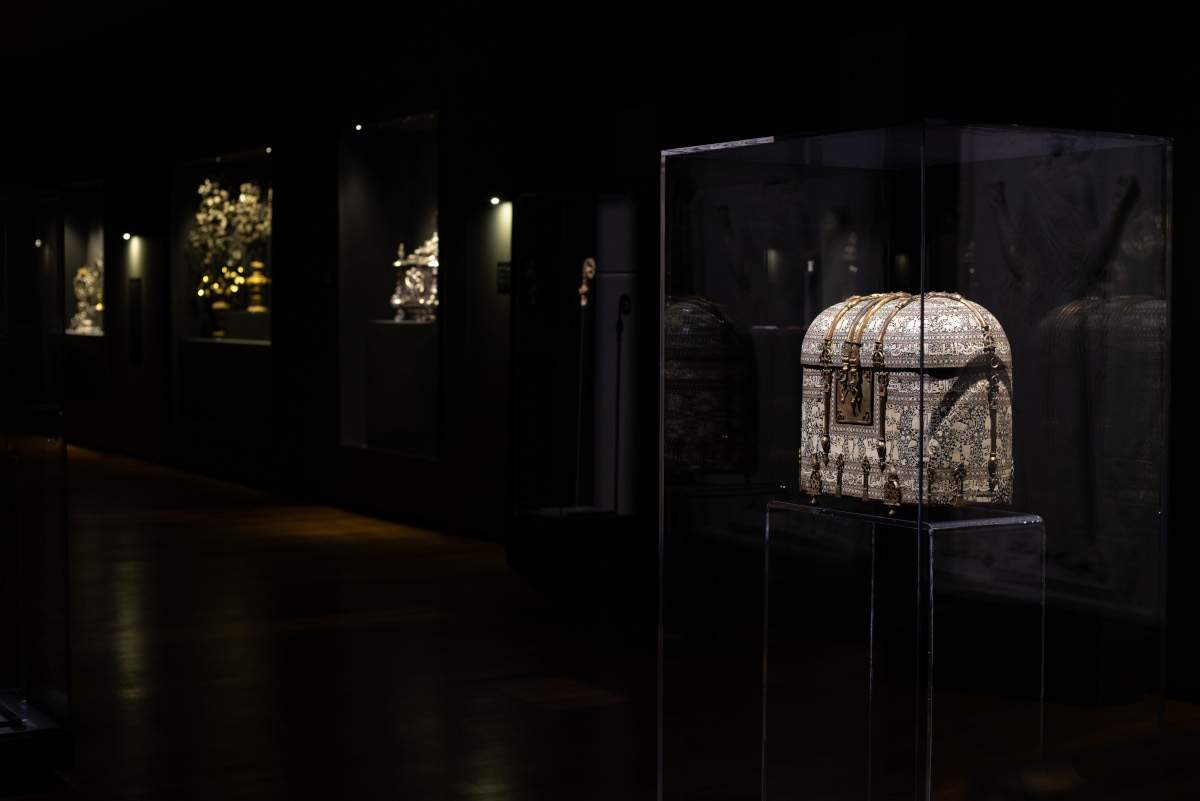
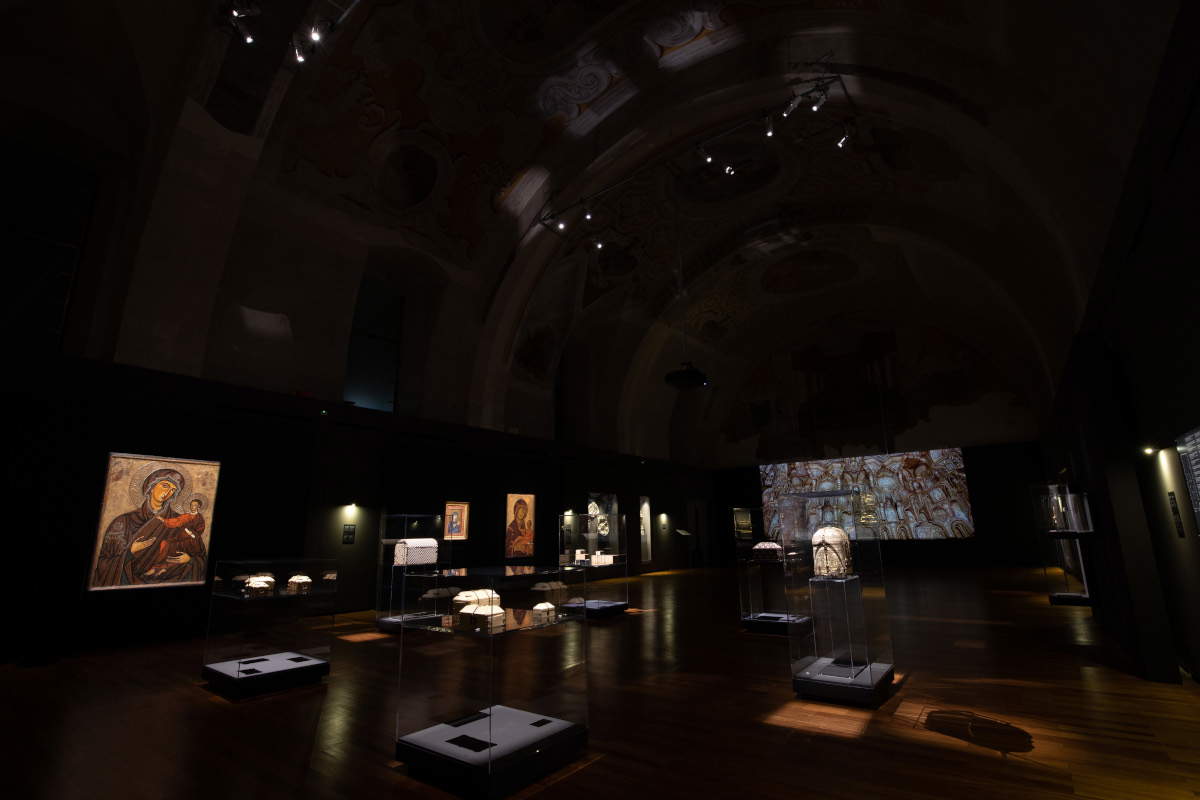
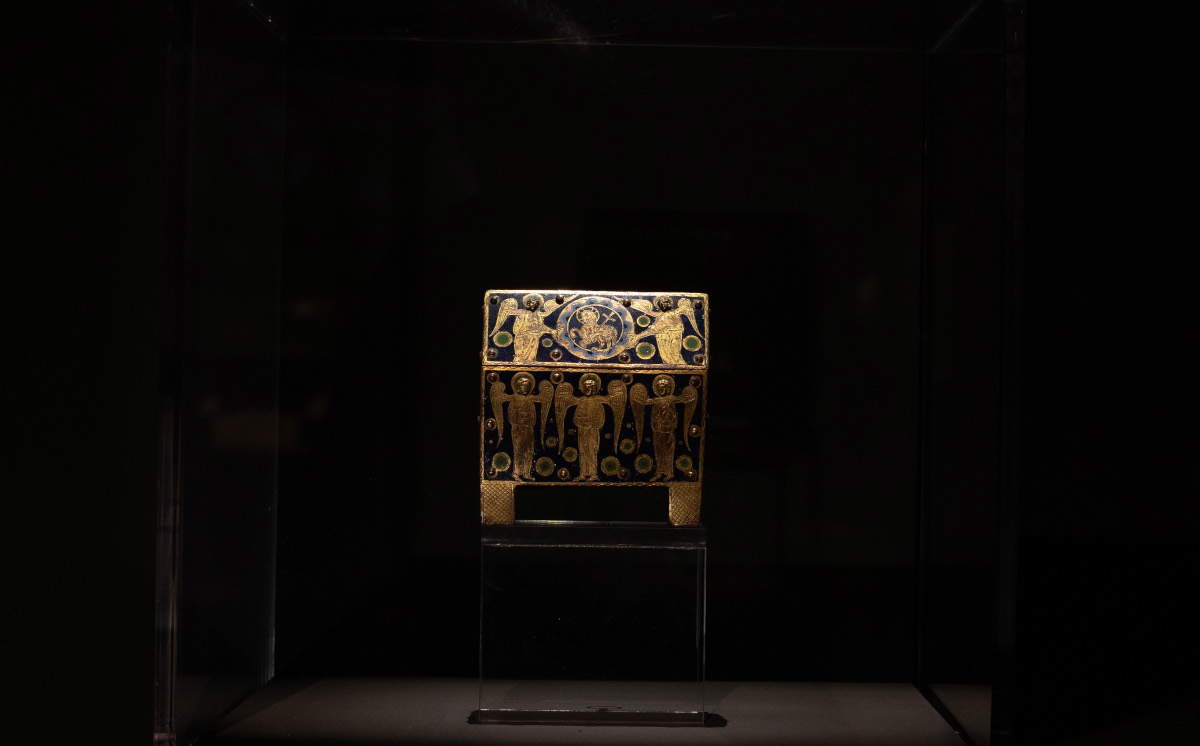
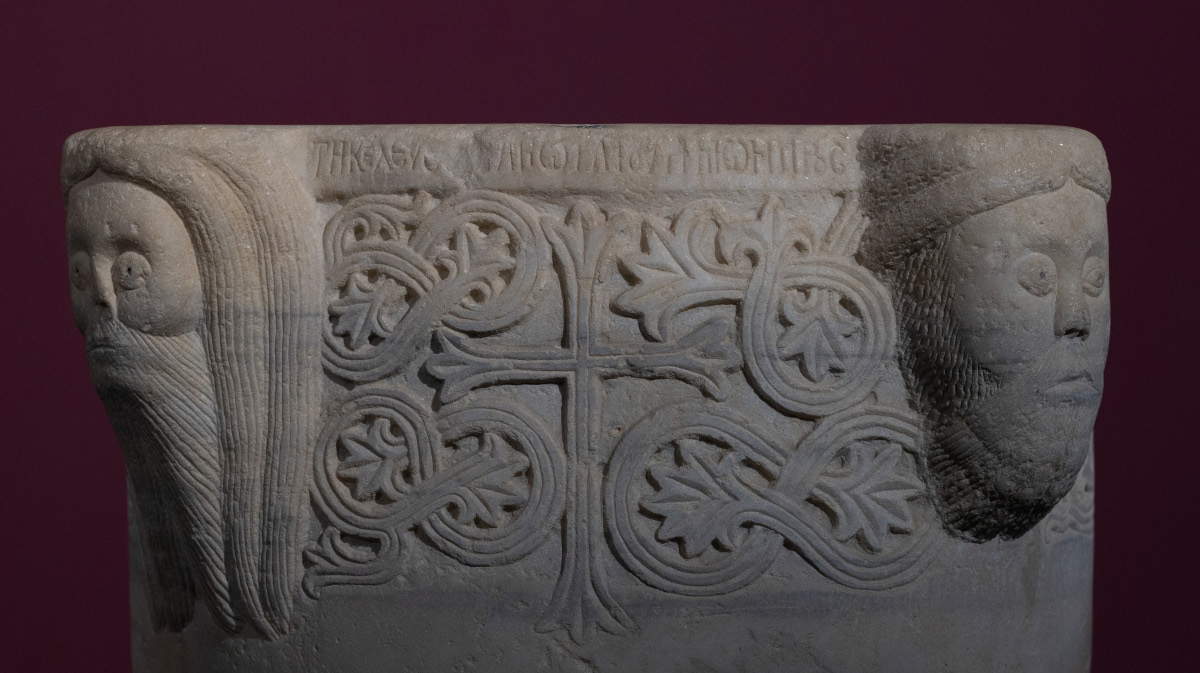
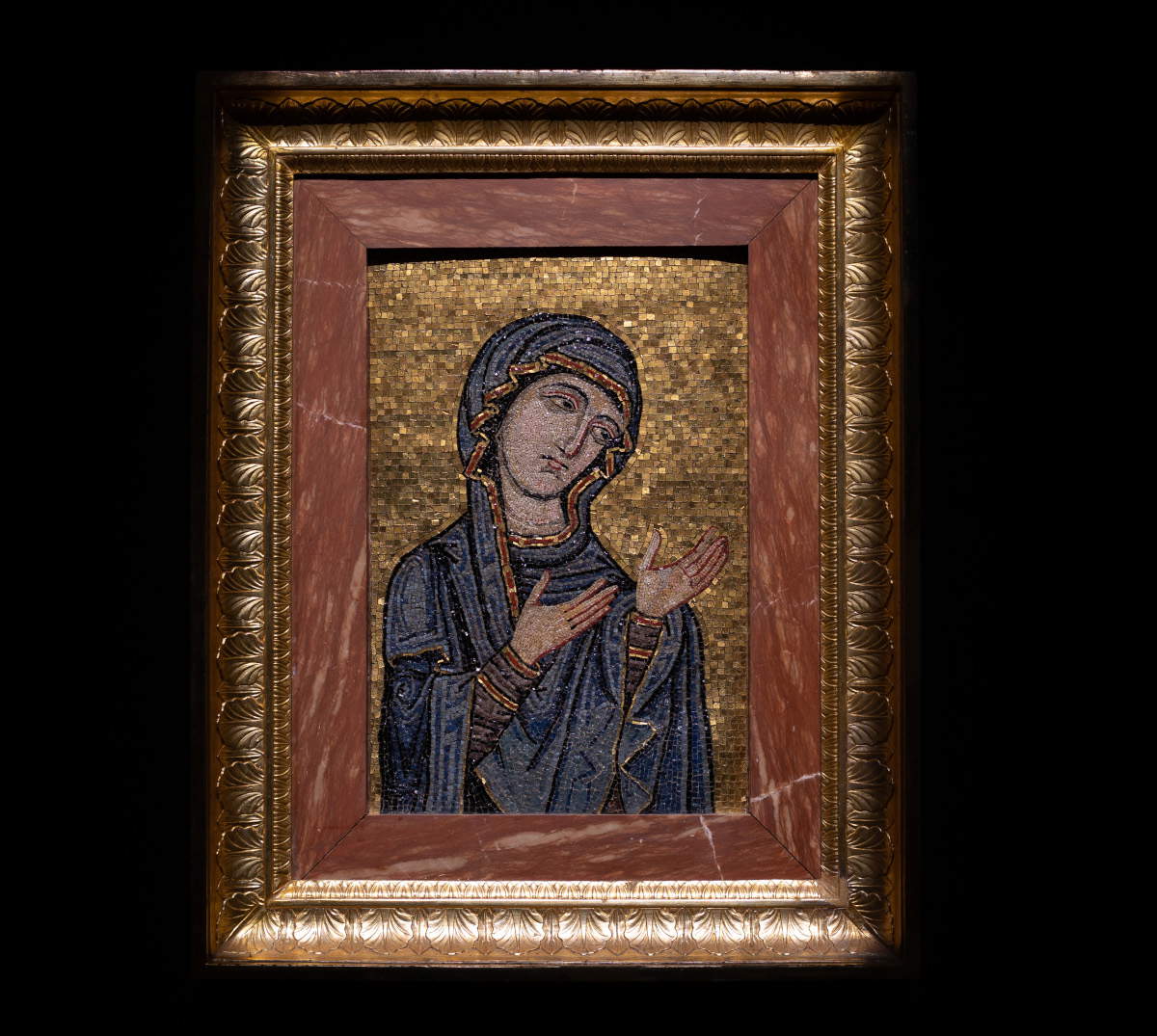
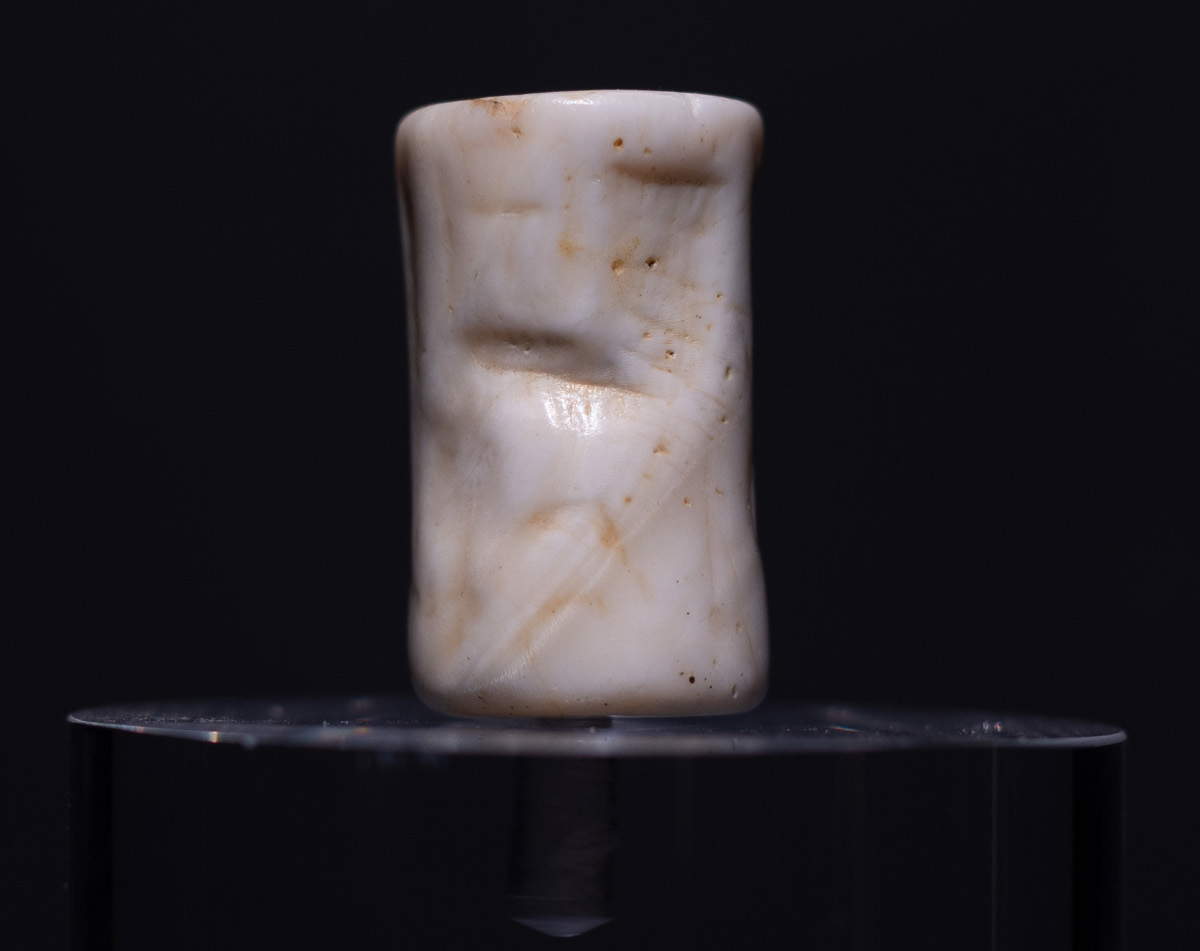
 |
| A major exhibition on the Palatine Chapel Treasury at the Royal Palace in Palermo |
Warning: the translation into English of the original Italian article was created using automatic tools. We undertake to review all articles, but we do not guarantee the total absence of inaccuracies in the translation due to the program. You can find the original by clicking on the ITA button. If you find any mistake,please contact us.